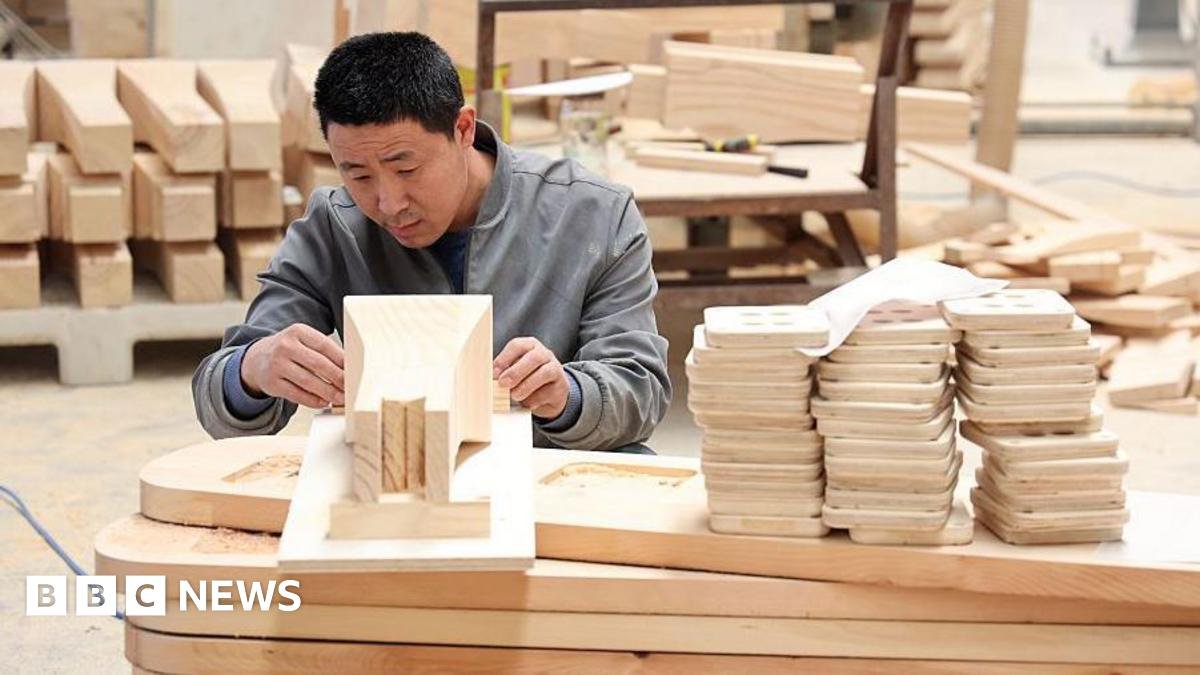Under the new agreement,, external the US is reducing the “reciprocal” tariff on Chinese goods that it announced on “Liberation day” to 10%. But it said the higher levy rate was being suspended for 90 days, rather than removed permanently.
The US is also keeping in place the extra 20% tariff aimed at putting pressure on Beijing to do more to curb the illegal trade in fentanyl, a powerful opioid drug.
For its part, China is also reducing to 10% the retaliation tariffs they put in place in response to Trump’s “Liberation day” announcement, again suspended for three months.
China has also agreed to “suspend or remove” all non-tariff measures against the US.
Pre-existing tariffs, including higher sector-specific tariffs on things like steel and cars, remain in place.
However, additional retaliatory tariffs, that were added subsequently, have been cancelled altogether on both sides.
The retreat comes as the first impacts from the tariff-war were beginning to show, with US ports reporting a sharp drop in the number of ships scheduled to arrive from China.
Factory output has slowed in China, and there are reports of firms laying off workers, as US orders dried up.
China’s commerce ministry said the agreement was an important step to “resolve differences” which would help to “deepen co-operation”.
Tat Kei, a Chinese exporter of personal care appliances to the US, whose factory employs 200 people in Shenzhen, welcomed the announcement, but said he still feared what else might be to come.
“President Trump is going to be here for the next three-and-a-half years. I don’t think this is going to be the end of it… not by a long shot,” he told the BBC.
Elaine Li, head of Greater China at Atlas Ways, which offers services for Chinese enterprises’ global development, also said she believed many Chinese firms would treat the reprieve as temporary.
“For businesses, the best they can do is build a moat around their company before the next round of tariffs arrives,” she said.




